Do kids need to know how to speak in front of others? Absolutely! Check out these games and activities that help teach public speaking for kids.

Why Is It Important to Teach Public Speaking to Kids?
Public speaking is something everyone should learn to do well. It’s not just for politicians!
You want to be able to express your thoughts and ideas to others clearly and persuasively.
This is important for teachers, health professionals, mechanics, pro athletes…pretty much everyone!
Many people think great public speakers are just born that way.
This ability doesn’t just happen; it has to be taught.
And, like any skill, it takes practice to perfect.
Since we teach kids reading, writing, and math (other skill-based subjects), why not teach them public speaking too?
Some kids are naturally confident in front of others, while other children are more reserved.
Thankfully, when you teach public speaking at a young age, you can help all kids become comfortable speaking in front of a group.
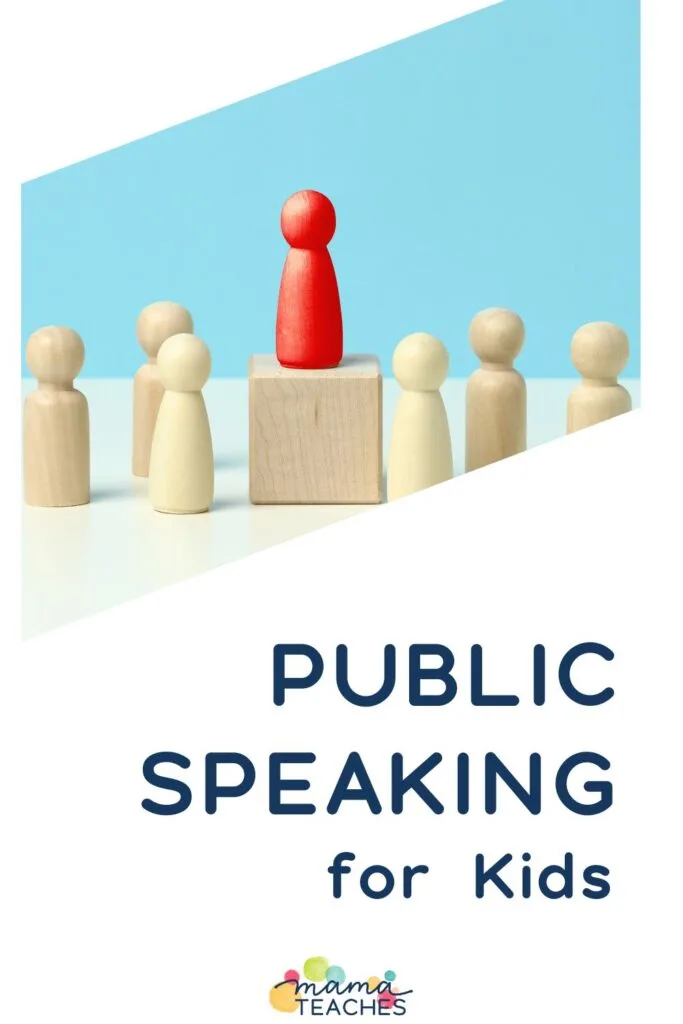
This article contains affiliate links to things that you might like.
4 Types of Public Speaking
There are four main types of public speaking.
Informative Speaking
When you aim to convey information, you are giving an informative speech.
Informative speeches can range from informal and funny to profound and impactful.
This is the most straightforward type of speech.
You may hear this type of speech in everyday life when:
- a teacher gives a lecture
- a politician gives a policy speech
- a pastor gives a sermon that teaches
- an employee reports statistics or trains others at work
- A person explains how to play a game or perform a task
Persuasive Speaking
When you aim to persuade or convince your audience of something, you are giving a persuasive speech.
The most persuasive speeches show an understanding of both sides of an issue and show clearly why the speaker’s position is better.
You may hear persuasive speech in life when:
- a lawyer argues for his client
- a politician asks for your vote
- a coworker tries to convince you to follow their lead or approach on a project
- a salesperson persuades you to buy their product
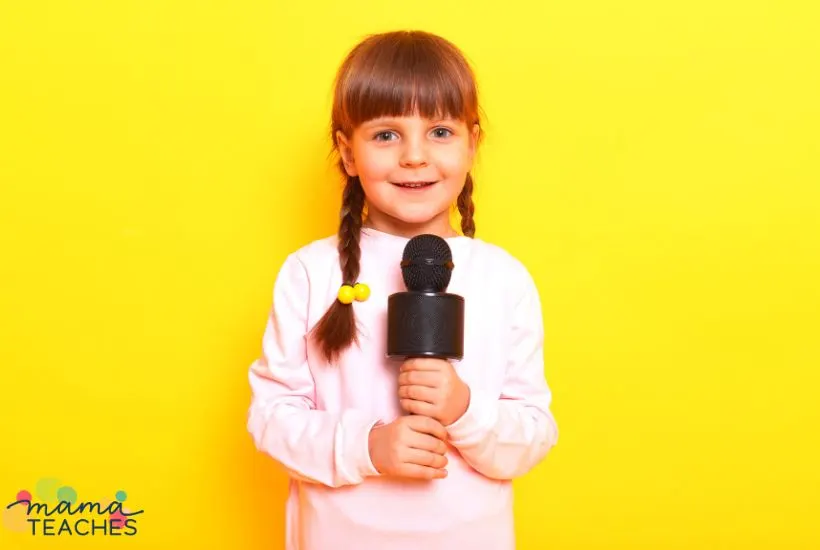
Demonstrative Speaking
This type of speaking is closely related to informative speaking, but it involves giving a demonstration of a task.
You may hear/see this type of speech when:
- a coach demonstrates a technique to an athlete
- a business leader shows their team how to use a new product or application
- a science teacher leads an experiment for the class
- a healthcare professional shows a student or colleague how to perform a task
- a salesperson shows customers how to use a product
Entertaining Speaking
If your goal is to entertain an audience, you are engaged in entertaining speaking.
Entertaining speaking differs from acting because it involves being yourself in front of others.
You may hear entertaining speaking when:
- a magician does a magic trick
- a comedian tells jokes
- someone shares a funny or gripping story with a group
Ceremonial Speaking
Public speaking is an important part of ceremonies.
Some examples are:
- Eulogies at funerals
- Toasts at weddings
- Graduation speeches
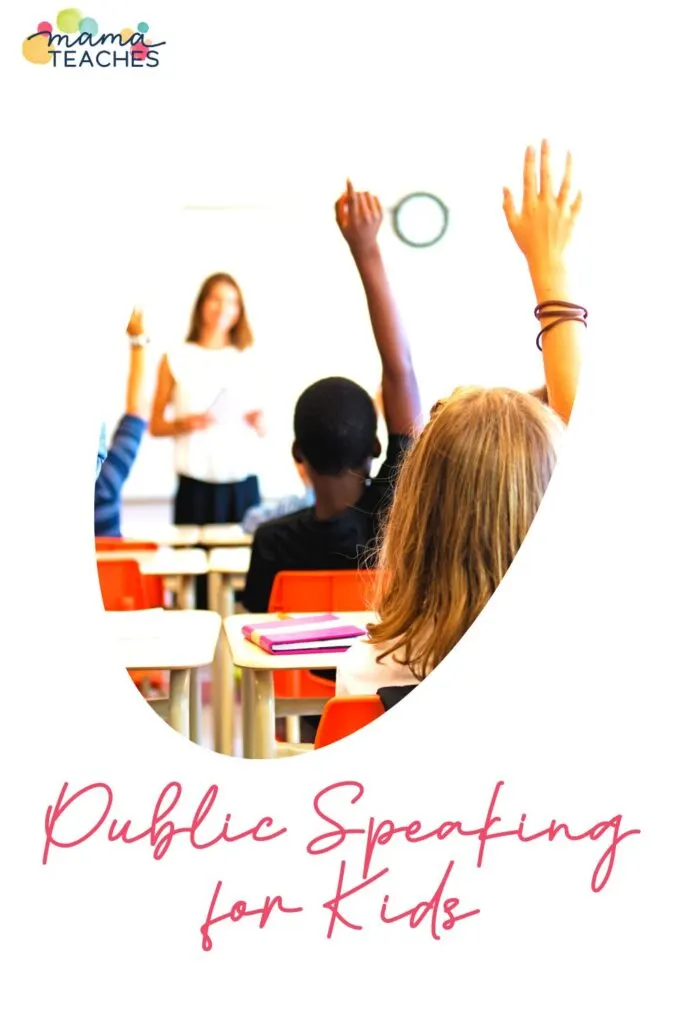
The Major Components of Public Speaking
To master public speaking, you need to work on these components:
Invention
This involves coming up with a topic and doing research on it.
Arrangement
The arrangement involves organizing your content.
You can do this with an outline or bullet points.
Elocution
When you choose the right words for your speech, you are working on elocution.
What is the tone of your speech? Is it funny? Is it serious? Choose words that fit your tone.
Memory
Even if your speech is not completely memorized, you need to know it well enough to make eye contact with your audience.

Delivery
You can have a well-written and memorized speech, but it will land flat without good delivery skills.
These skills include posture, pacing, volume, eye contact, and gestures.
They also include working with visual aids.
How to Introduce Public Speaking for Kids
Public speaking for kids should begin in an informal, approachable way. The best way to do it: games and activities!
Check out these games and activities that help teach public speaking.
Show and Tell
That’s right! This age-old activity is an informative speech in the making.
You can teach kids a formula to follow:
Introduce yourself and the item. (e.g. “Hi, I’m [name] and I am going to tell you about [item].”)
Answer the questions:
- Where did you get it?
- How do you use it? or What do you do with it?
- What do you like about it?
Conclude with a thank you. (e.g. “Thanks for listening to my presentation about [item].”)
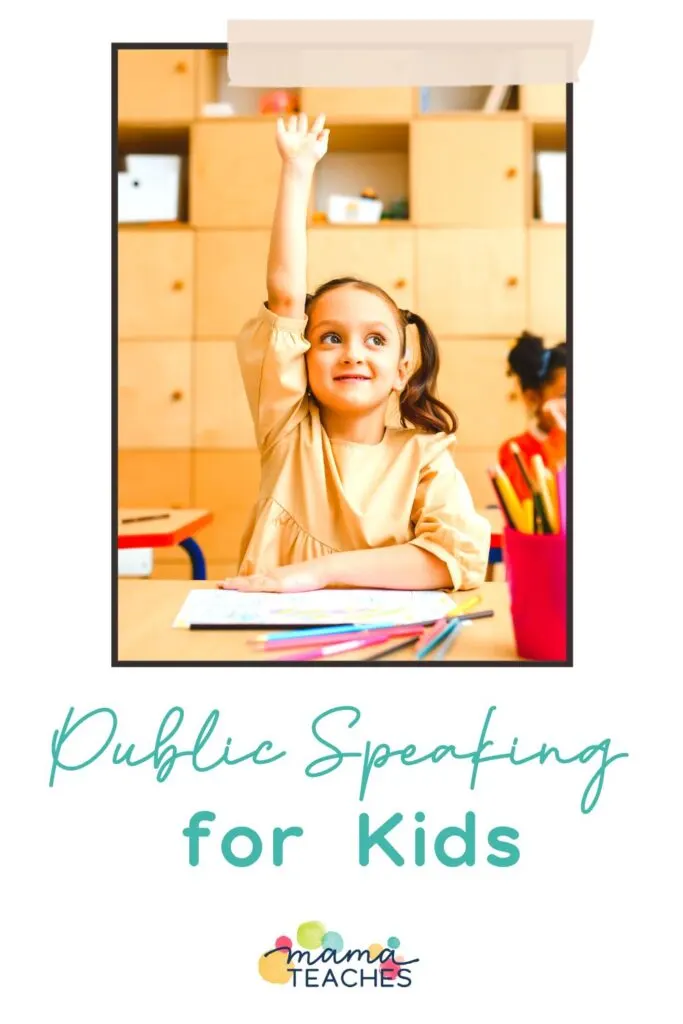
Tongue Twisters
Tongue twisters help students to work on enunciation.
They also help the student find the right pace for speaking. If you speak too quickly, you can’t say a tongue twister.
Practice tongue twisters all together and then stand in front of the group.
The goal is not to say the tongue twister as fast as you can, but to say it clearly and naturally.
Here are some classics:
- “Red leather, yellow leather” on repeat
- “Any noise annoys an oyster but a noisy noise annoys it most.”
- “Four furious friends fought for the phone.”
- “You know New York; you need New York. You know you need unique New York.”
Silly Picture
Show a silly picture (like a squirrel riding a motorcycle) and ask kids to tell a story about it.
You can give them a few minutes to prepare or jot down notes.
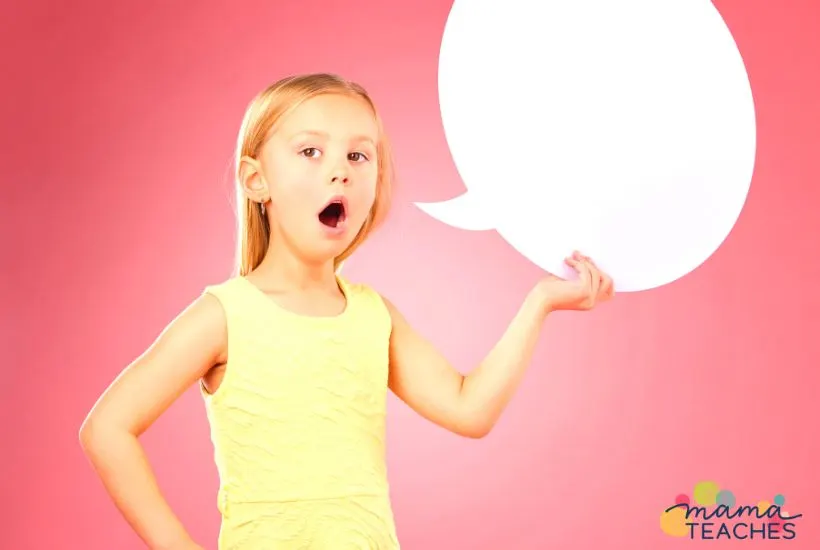
Why Would You Rather
Would You Rather questions have a lot of great applications in the classroom.
You can use them as attendance questions, brain breaks, and lesson openers.
You can also use them as a public speaking game for kids.
Give a student a Would You Rather question. He must choose his preference but then explain why he chose it.
Set a timer and see if he can talk for 30 seconds.
“What’s in My Backpack?”
This is a version of show and tell.
The student keeps a special item in his backpack.
Then he must give hints to for others to guess the item.
Teaching Public Speaking for Kids
Give children public speaking opportunities so they can become comfortable in front of others and practice their skills.
The easiest way to do this is through games and activities.
Start training your kids now to master this life skill!
